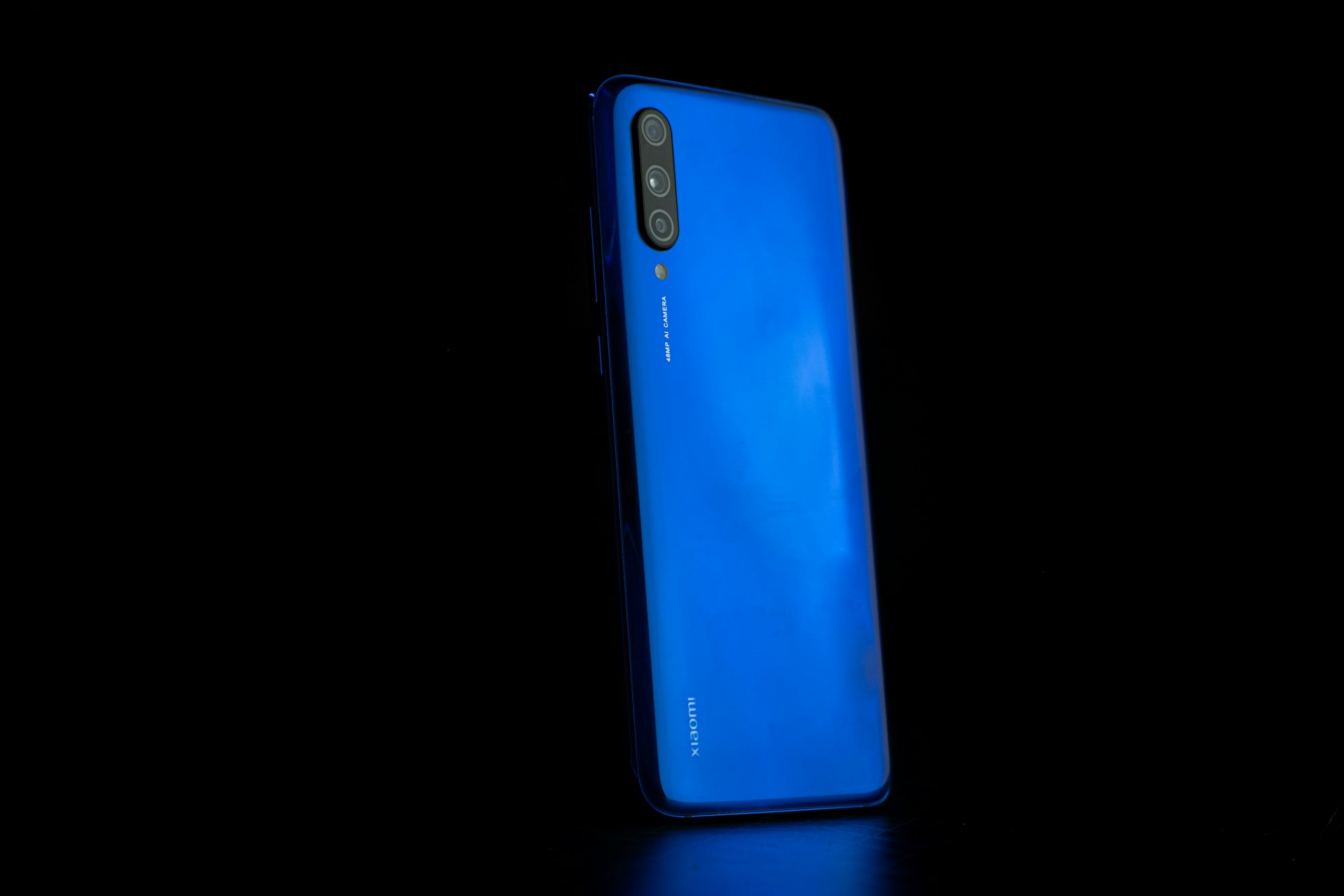In the first quarter of 2024, the global smartphone market witnessed a noteworthy trend, especially within the premium segment—those devices priced above $600. According to the latest data released by Counterpoint Research, the high-end smartphone market continues to be a duel between two tech giants: Samsung and Apple.
The data from Counterpoint Research highlighted an intriguing consistency, with the list of the top ten best-selling smartphones globally mirroring closely the previous year’s rankings, albeit with minor shifts. Leading the pack this year is the iPhone 15 Pro Max, which dethroned its predecessor, the iPhone 14, as the world’s best-selling model. Following closely are the iPhone 15 Pro and the standard iPhone 15, maintaining Apple’s dominance in the premium market. Remarkably, the iPhone 14, despite being over a year old, still clinched the fourth spot, underscoring Apple’s sustained appeal.
A significant insight from Counterpoint points to Apple’s Pro line. These models now account for half of all iPhone sales—a substantial 24% increase since 2020. This surge highlights a growing consumer preference for high-end features and capabilities.
Samsung made its presence felt at the fifth position with the Samsung Galaxy S24 Ultra, which stands as the sole Android contender truly competing in the high-end market. Following it are more accessible models like the Samsung Galaxy A15 5G and the Galaxy A54, which cater to a broader market segment while maintaining competitive features.
The dominance of Apple and Samsung in this list is profound, with no other brands making it into the top ten. This scenario paints a clear picture of a market where premium quality and brand loyalty continue to drive significant sales, particularly in an era where consumer preferences lean towards luxury and performance in their handheld devices.
This consistent trend in smartphone sales not only reflects the strong market positions of Apple and Samsung but also indicates a clear consumer preference towards established brands that promise quality and reliability in the high-end market.



